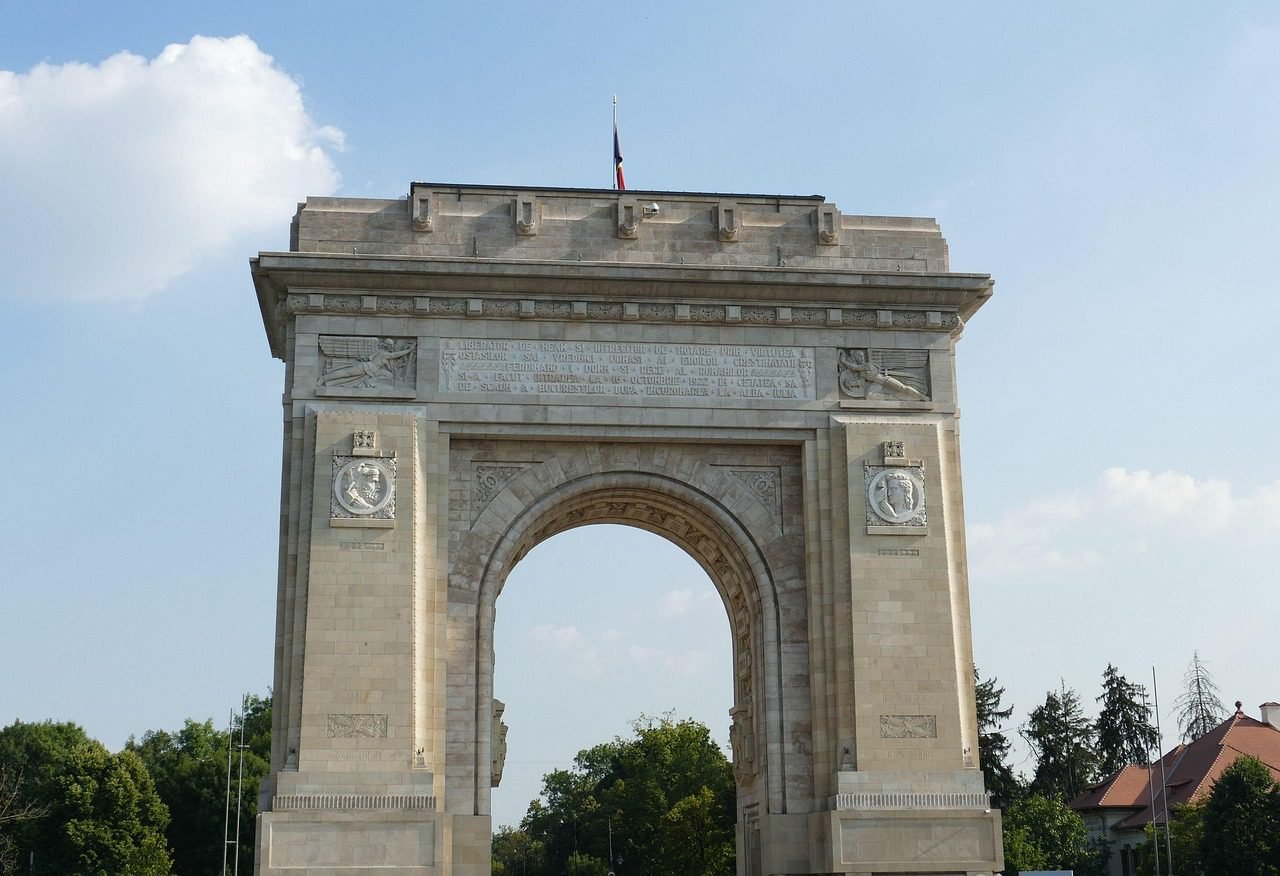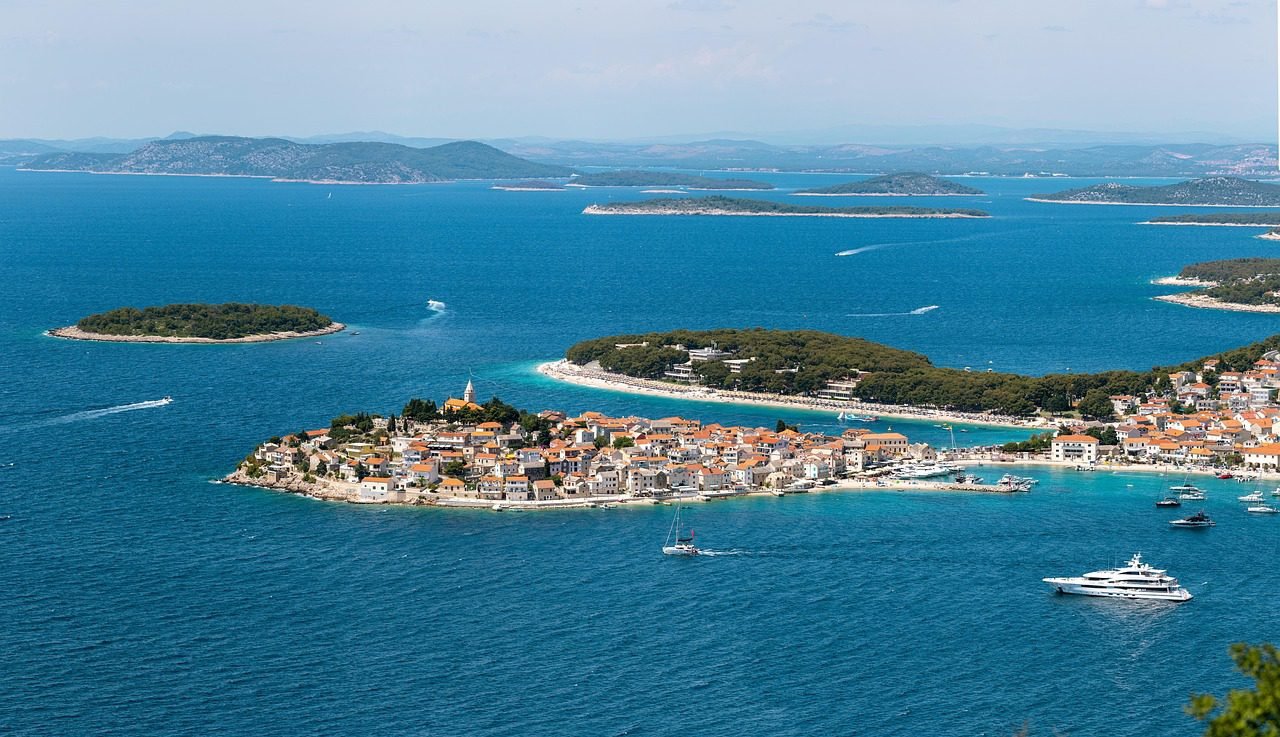Discover the Top Eastern Europe Destinations for Your Next Adventure

Eastern Europe isn’t just a destination—it’s a mood. A place where cobblestone streets whisper medieval secrets, paprika-scented air mingles with the clink of beer steins, and castles perch like stone crowns above misty rivers. While Paris and Rome grab headlines, the East offers something richer: authenticity. Here, your euro stretches further, crowds thin out, and every corner feels like a discovery. Let’s explore top Eastern Europe destinations that redefine what it means to travel.
1. Prague, Czech Republic: The Bohemian Beauty
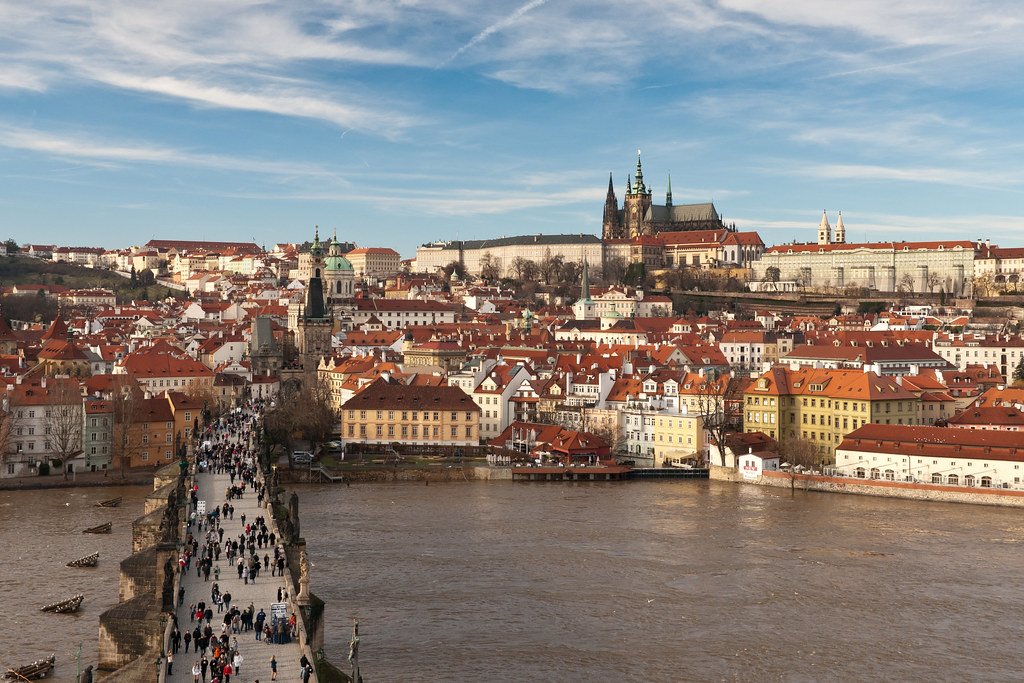
Why it shines:
Prague isn’t just pretty—it’s a time capsule where Gothic spires and Art Nouveau cafés coexist with a thriving modern art scene.
Skip the selfie sticks at the Charles Bridge at dawn, when golden light bathes its baroque statues, and head instead to the Prague Castle complex.
This 1,100-year-old fortress isn’t just a palace—it’s a village unto itself, complete with a vineyard and toy museum.
- Local hack: Beer here costs less than soda. Try a řezané (half dark, half light lager) at a hospoda (pub) like U Zlatého Tygra, a haunt of the late writer Bohumil Hrabal.
- When to go: September. Summer’s crowds leave, but the weather stays mild.
2. Budapest, Hungary: The Danube’s Diva

Why it dazzles:
Split into “Buda” (hilltop grandeur) and “Pest” (flatland vibrancy), Hungary’s capital is a tale of two cities united by eight bridges. Soak in the Széchenyi Thermal Bath, a 1913 Art Nouveau spa where chess players float on mineral-rich waters.
For dinner, board a Danube cruise—the Parliament Building’s reflection shimmers like liquid gold after dark.
- Eat this: Gulyás (goulash) isn’t stew here—it’s a paprika-kissed soup with chunks of beef. Pair it with a glass of Tokaji, Hungary’s “wine of kings.”
- Pro tip: Buy a Budapest Card for free transport and museum entries.
3. Kraków, Poland: The Phoenix City

Why it captivates:
Kraków rose from WWII’s ashes to become Poland’s cultural heartbeat. The Main Market Square, Europe’s largest medieval plaza, buzzes with flower vendors and horse-drawn carriages.
Beneath the Cloth Hall, a subterranean museum uses holograms to recreate 14th-century market life.
- Day trip essential: The Auschwitz-Birkenau Memorial, a sobering yet vital hour’s drive away. Book a guided tour to grasp the scale of history.
- Budget win: Eat at a bar mleczny (“milk bar”) for pierogi under €3.
4. Split, Croatia: The Roman Riviera

Why it stands out:
Imagine a palace where people live, work, and sip espresso in 1,700-year-old courtyards. Diocletian’s Palace isn’t a ruin—it’s Split’s living core.
Climb Marjan Hill at sunset for Adriatic views, then join locals for a špica—a late-morning coffee ritual on the Riva promenade.
- Beach bonus: Bačvice Beach, a short walk from downtown, offers shallow waters and picigin (a traditional ball game).
- When to visit: May-June for warm seas sans July’s cruise crowds.
5. Ljubljana, Slovenia: The Green Fairy
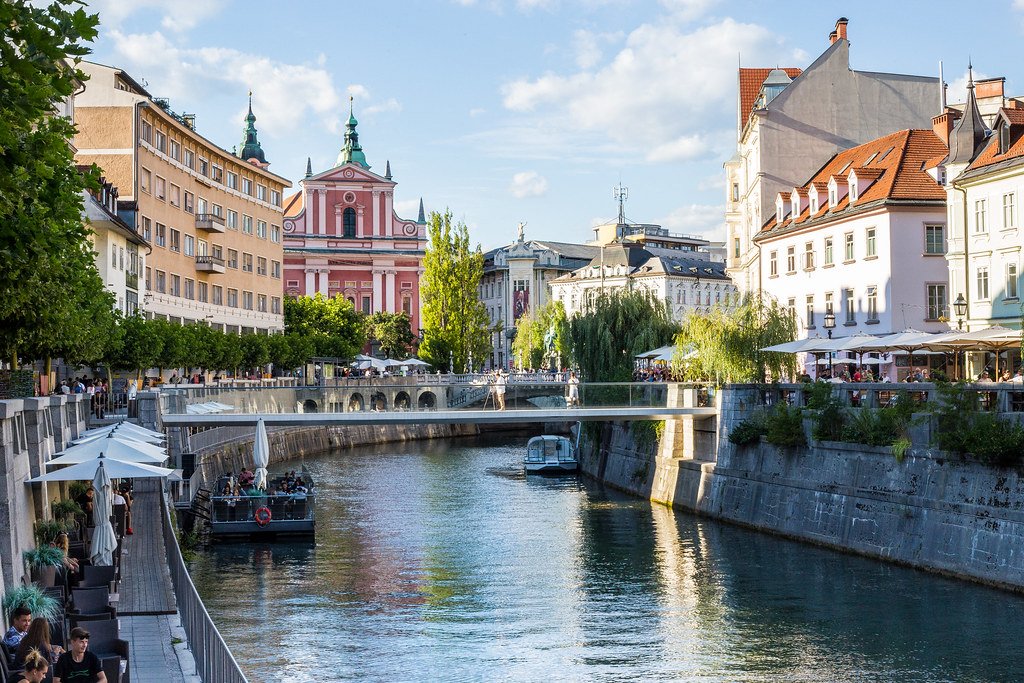
Why it enchants:
Slovenia’s pint-sized capital feels plucked from a storybook. Cobbled lanes wind past pastel buildings to Ljubljana Castle, where a funicular ride rewards with Alpine vistas.
The Triple Bridge, designed by architect Jože Plečnik, transforms into an open-air gallery at night.
- Day trip: Lake Bled (45 minutes away). Row to the island church—locals say ringing its bell grants wishes.
- Eco cred: Ljubljana was Europe’s first Green Capital, with car-free zones since 2007.
6. Tallinn, Estonia: The Digital Medievalist
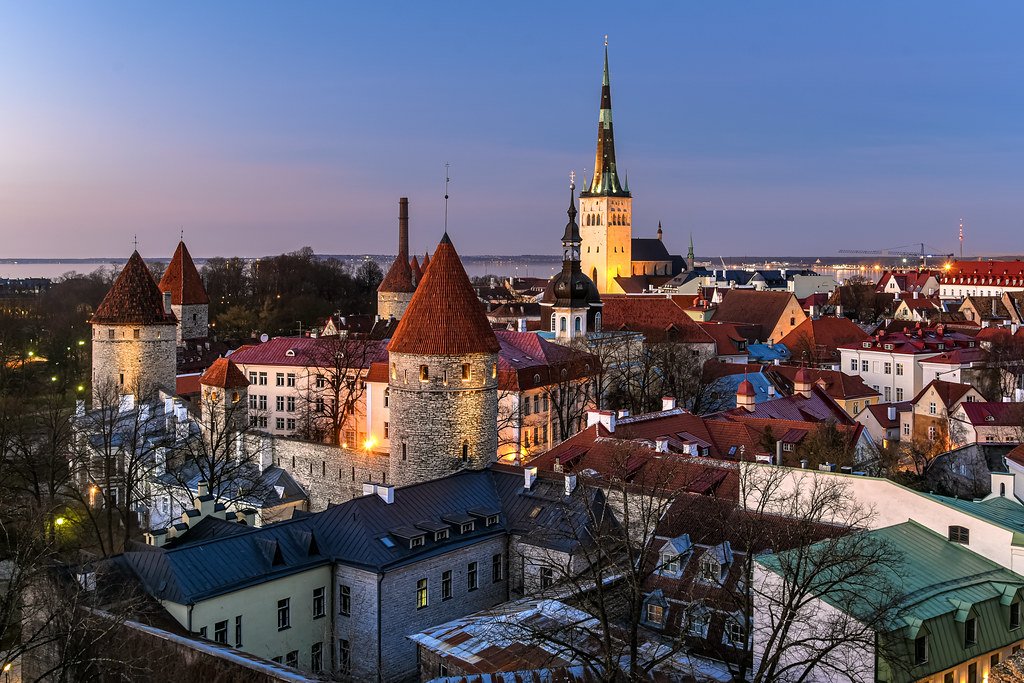
Why it intrigues:
Tallinn’s Old Town is a Hanseatic jewel, its walls studded with 26 watchtowers. But this isn’t a museum—Estonia leads Europe’s digital revolution.
Tour the e-Estonia Briefing Centre to see how citizens vote, sign documents, and even start businesses online in minutes.
- Quirky stop: The KGB Museum inside Hotel Viru exposes Soviet spy tactics.
- Local flavor: Try kali (a fermented rye drink) or warm up with verivorst (blood sausage).
7. Sofia, Bulgaria: The Balkan Blend
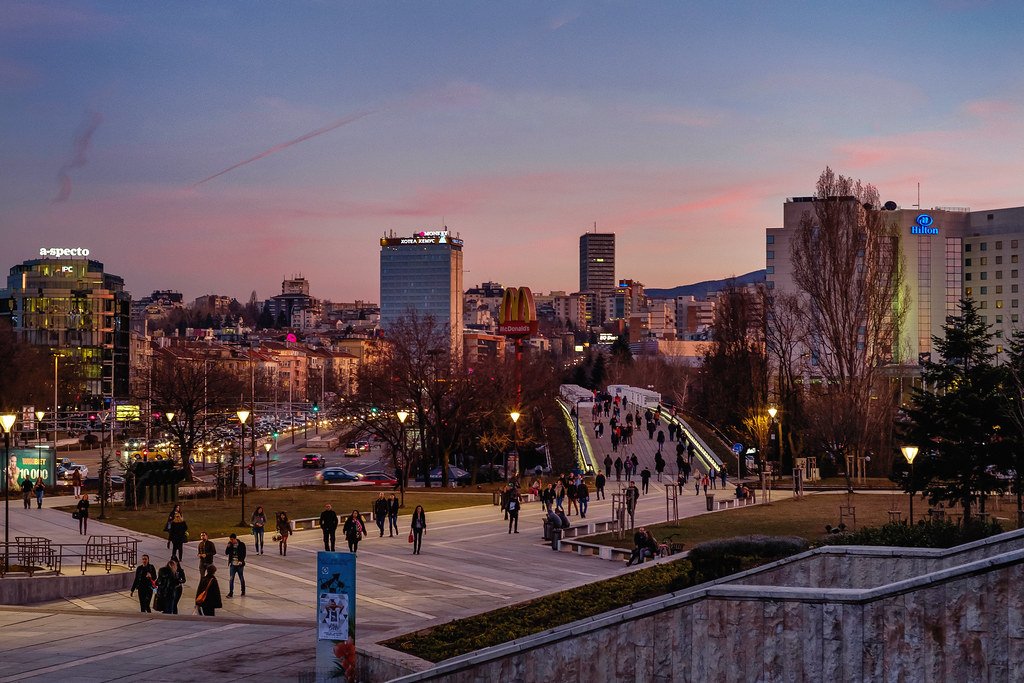
Why it surprises:
Sofia layers Roman ruins beneath Ottoman mosques and Soviet blocks. The Alexander Nevsky Cathedral, with its gold domes and shadowy iconostasis, anchors the city.
Hike Vitosha Mountain via public bus—yes, a capital with a ski slope 30 minutes from downtown.
- Food musts: Banitsa (flaky cheese pastry) for breakfast, shopska salad (tomatoes, cucumbers, sirene cheese) for lunch.
- Hidden history: The St. George Rotunda, a 4th-century church, hides between a hotel and presidential palace.
8. Sarajevo, Bosnia: The Cultural Crucible
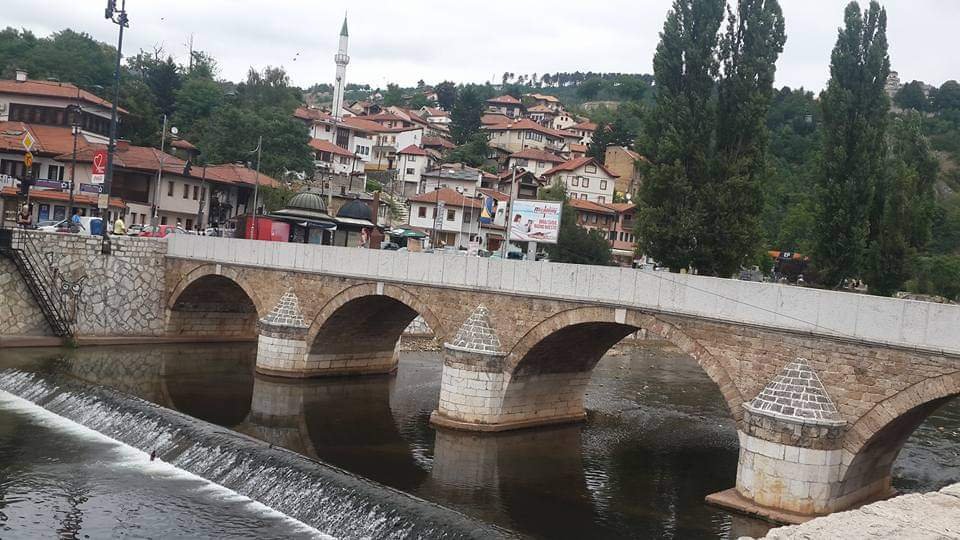
Why it resonates:
Where East meets West, Sarajevo’s Baščaršija bazaar echoes with the call to prayer and clatter of copper-smiths.
The Sarajevo Tunnel Museum tells the story of the 1990s siege—a harrowing but essential visit.
- Bridge to history: Stand on the Latin Bridge, where Archduke Franz Ferdinand’s assassination sparked WWI.
- Sweet treat: Bosanska kafa (Bosnian coffee) served with a sugar cube and rahat lokum (Turkish delight).
9. Český Krumlov, Czechia: The Time-Warp Town
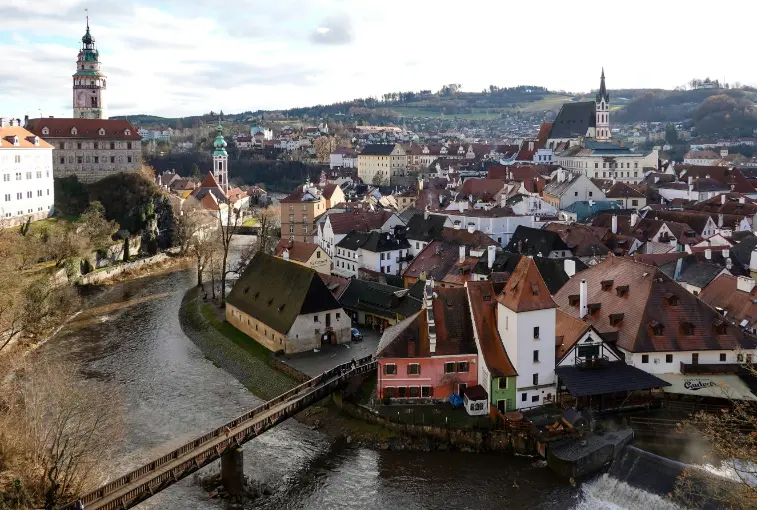
Why it charms:
This UNESCO town is Prague in miniature, minus the crowds. The Český Krumlov Castle boasts a rococo theater with original 18th-century stage machinery.
In summer, the Vltava River becomes a lazy tubing route past Renaissance facades.
- Avoid crowds: Visit in April or October. Winter’s snowy rooftops are magic, but some hotels close.
- Festival pick: The Five-Petaled Rose Festival (June), where the town reverts to the 16th century.
10. Plovdiv, Bulgaria: The Artistic Ancestor
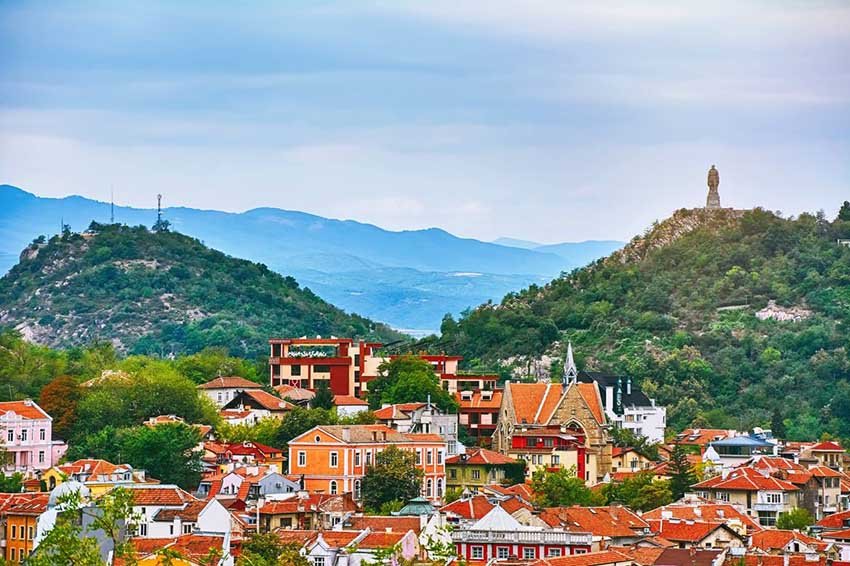
Why it inspires:
Europe’s oldest continuously inhabited city (6,000 years and counting!) pairs Roman ruins with graffiti murals. The Ancient Theater of Philippopolis still hosts operas under the stars.
In Kapana (“The Trap”), a maze of galleries and craft beer bars, creativity thrives.
- 2019 legacy: As a European Capital of Culture, Plovdiv revitalized spaces like the Tobacco City art complex.
- Local secret: The Hills of Plovdiv offer sunset views—especially Nebet Tepe, site of a Thracian settlement.
Eastern Europe Travel Planner: At a Glance
| Destination | Country | Top Experience | Best Time to Visit |
|---|---|---|---|
| Prague | Czech Republic | Sunrise at Charles Bridge | September |
| Budapest | Hungary | Széchenyi Thermal Baths | April-May |
| Kraków | Poland | Wawel Castle & Jewish Quarter | June-August |
| Split | Croatia | Diocletian’s Palace | May-June |
| Ljubljana | Slovenia | Lake Bled day trip | September |
| Tallinn | Estonia | KGB Museum & Old Town | July-August |
| Sofia | Bulgaria | Vitosha Mountain hike | May-October |
| Sarajevo | Bosnia | Baščaršija Bazaar | September |
| Český Krumlov | Czech Republic | Vltava River tubing | April-October |
| Plovdiv | Bulgaria | Ancient Roman Theater | June-September |
Why Eastern Europe?
This region delivers value without compromise. A three-course meal with wine in Sofia costs €15. Trains between capitals (like Prague to Budapest) run under €30.
But it’s not just about savings—it’s about depth. Whether you’re tracing Dracula’s footsteps in Transylvania or sailing Croatia’s Kornati Islands, you’ll find stories that stick.
Ready to explore? Check Rome2Rio for transport combos, or browse Booking.com for boutique stays in historic buildings. And when you return, tell us: Which hidden gem stole your heart?
Hungry for more? Dive into our Ultimate Guide to Traveling Europe for tips on visas, packing, and cultural etiquette.
FAQ: Your Eastern Europe Travel Questions Answered
Which Eastern European countries should I prioritize for my first visit?
For first-timers, the Czech Republic (Prague, Český Krumlov), Hungary (Budapest), and Croatia (Split) offer a perfect mix of history, affordability, and tourist infrastructure. Poland (Kraków) and Slovenia (Ljubljana) are also ideal for their compact, walkable cities and stunning natural escapes like the Tatras or Lake Bled. If you’re drawn to offbeat destinations, don’t skip Bosnia (Sarajevo) or Bulgaria (Plovdiv), where authenticity reigns.
Is Eastern Europe expensive to visit?
Not at all! Eastern Europe is a budget traveler’s dream. Meals often cost 50-70% less than in Western Europe—think €10-15 for a hearty dinner with wine. Hostels start at €10/night, and intercity trains/buses like FlixBus rarely top €30. Even splurges, like a thermal bath in Budapest or a private castle tour in Český Krumlov, feel reasonable.
What’s the best time to visit Eastern Europe?
Aim for May-June or September-October for mild weather and fewer crowds. Summer (July-August) brings festivals but also peak prices in coastal spots like Split. Winter transforms cities like Prague and Tallinn into snowy wonderlands, though some rural attractions may close. Skiers should target Slovenia’s Julian Alps or Bulgaria’s Bansko in January-February.
Do I need a visa to visit Eastern Europe?
It depends on your passport. Most EU countries (Czech Republic, Hungary, etc.) are part of the Schengen Zone, allowing 90-day visa-free stays for U.S., Canadian, and Australian citizens. Non-Schengen countries like Croatia, Romania, and Bosnia also offer visa-free entry for up to 90 days. Always check the U.S. State Department website or Sherpa for updated requirements.
Are English speakers common in Eastern Europe?
Yes, especially in cities and tourist hubs. Younger generations and hospitality workers typically speak fluent English. In rural areas, learn basics like “hello” (ahoj in Czech, szia in Hungarian) and “thank you” (hvala in Croatian). Apps like Google Translate work well for menus or signs in Cyrillic (used in Bulgaria and Serbia).
Still planning? Explore our Ultimate Guide to Traveling Europe for packing tips, cultural etiquette, and itinerary hacks.


